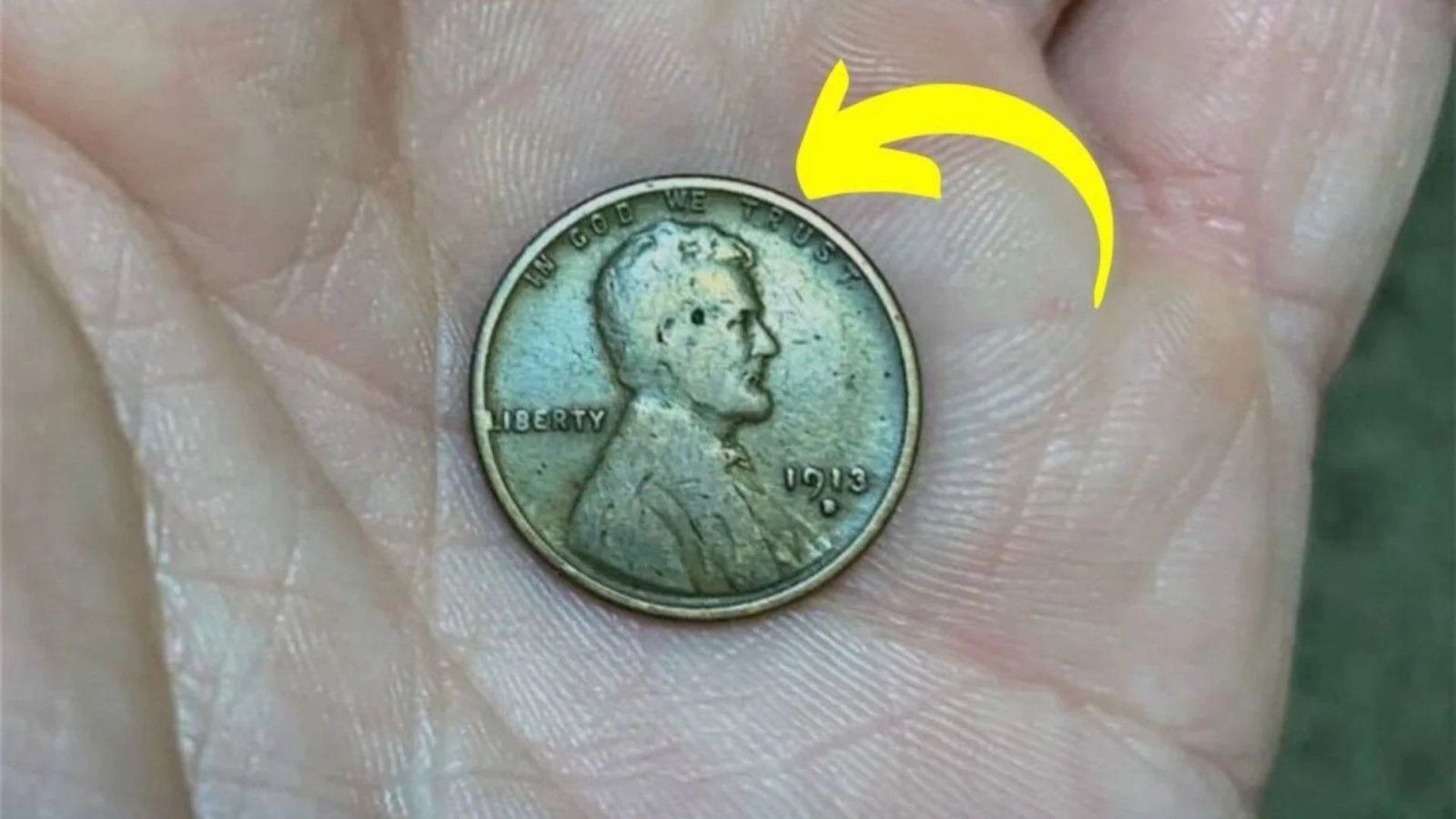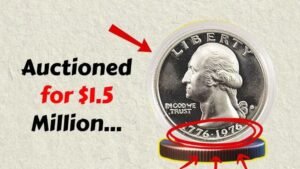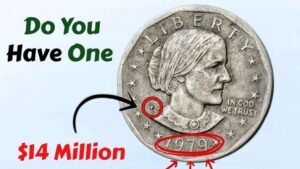Imagine finding a penny in your pocket worth $170 million! The Lincoln Wheat Penny, a simple coin from the past, has sparked excitement among coin collectors and everyday people. Rumors suggest one of these pennies could be worth a fortune and might still be hiding in your change. Let’s dive into the story of this iconic coin, why it’s so valuable, and how you might find one.
What Is the Lincoln Wheat Penny?
The Lincoln Wheat Penny was first minted in 1909 to celebrate Abraham Lincoln’s 100th birthday. Designed by Victor David Brenner, it was the first U.S. coin to feature a president’s face. The front shows Lincoln’s profile, while the back has two wheat stalks, giving it the “Wheat Penny” name. Minted until 1958, billions of these pennies were made, but a few rare ones are worth millions.
Why Are Some Pennies So Valuable?
Certain Lincoln Wheat Pennies are incredibly valuable due to rare mistakes made during production. In 1943, during World War II, the U.S. Mint switched to steel pennies to save copper for the war. However, a few pennies were accidentally made with copper instead of steel. These rare 1943 bronze pennies are among the most valuable coins in the world. Other factors, like low production years or printing errors, also boost a penny’s value.
The $170 Million Penny: Fact or Myth?
The idea of a $170 million Lincoln Wheat Penny is thrilling but likely exaggerated. No penny has ever sold for this amount. The highest recorded sale was a 1943 bronze penny for $1.7 million in 2010. Still, the possibility of an ultra-rare penny with a unique error could drive its value into the tens of millions. The $170 million figure may come from internet buzz, but it keeps collectors searching.
Why Could It Still Be in Circulation?
Many Lincoln Wheat Pennies are still out there because people don’t always check their change. These coins can hide in piggy banks, old jars, or bank rolls. Since they look like regular pennies, a valuable one could go unnoticed. Stories of rare coins found in everyday places keep the dream alive for treasure hunters.
How to Spot a Valuable Lincoln Wheat Penny
Want to find a rare penny? Here’s what to look for:
| Feature | Details |
|---|---|
| Year | Check for 1943 (bronze), 1909-S VDB, or 1955 (double die error). |
| Mint Mark | Look for “S” (San Francisco), “D” (Denver), or no mark (Philadelphia). |
| Material | Use a magnet: steel pennies stick, bronze ones don’t. |
| Errors | Look for doubled letters, off-center designs, or other unusual marks. |
| Condition | Coins in great condition (no wear) are worth more. |
Tips for Finding Rare Pennies
- Check Your Change: Look closely at every penny you get in transactions.
- Search Coin Rolls: Buy rolls of pennies from banks and inspect them.
- Explore Old Jars: Family coin collections might hold hidden treasures.
- Visit Coin Shops: Local shops or auctions may have rare pennies.
- Get It Graded: Use services like PCGS or NGC to verify a coin’s value.
What to Do If You Find a Rare Penny
If you think you’ve found a valuable Lincoln Wheat Penny, follow these steps:
- Don’t Clean It: Cleaning can ruin its value.
- Store It Safely: Keep it in a protective holder to avoid scratches.
- Get It Checked: Have a professional grader confirm its authenticity.
- Sell Smart: Use auctions or coin dealers to get the best price.
Other Valuable Lincoln Wheat Pennies
Besides the 1943 bronze penny, other rare pennies include:
- 1909-S VDB: Only 484,000 made, highly sought after.
- 1955 Double Die: Features doubled text, a collector favorite.
- 1922 No D: A Denver penny missing the “D” mint mark.
Why the Lincoln Wheat Penny Matters
The Lincoln Wheat Penny is more than just money—it’s a piece of American history. It reflects times like the Great Depression and World War II. Finding a rare one is like discovering a hidden treasure that connects you to the past. Even if the $170 million penny is a myth, the excitement of the hunt keeps collectors and dreamers checking their change.
So, next time you get a penny, take a closer look. That small piece of change could be worth a life-changing fortune. Start your treasure hunt today!
Disclaimer: Coin values depend on market trends and condition. Always consult a professional appraiser for accurate valuation.



